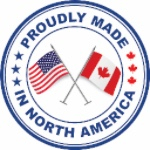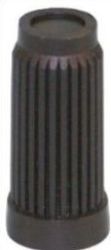Tubular Solutions
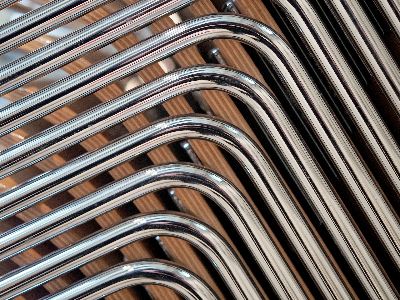
Using casters on equipment, racks and furniture made from tubular steel presents some unique challenges. The priority is to make sure that the casters don’t fall out when the furniture or equipment is lifted or being moved. To keep casters tightly in place you will need inserts and they come in different materials, shapes and sizes. In this issue of CasterU we tell you what you need to know to make sure you select the right inserts.
Choosing the Right Inserts
Size
Alert: Some of this information gets a little complicated. The more you can channel your algebra skills, the easier it will be.
Size is probably the most important specification to ensure that inserts fit properly. First, you will need to know the stem size of the caster you are ordering. To calculate the size of the insert required, you need three key tube measurements – inner diameter (ID), outer diameter (OD) and the thickness or gauge (G). But don’t worry. Because they are represented by an equation, you can get by with two of them. Essentially, it works like this:
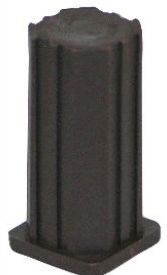
Thickness = (OD-ID)/2
To standardize measurements, thicknesses are grouped into gauge values. For example, a gauge value of 22 ranges from .025” to .029” thick. To make things really confusing, the greater the thickness of the tubing the lower the gauge. So, for example 22 gauge is about .028” thick but 7 gauge is .18” thick.
Another alert: Even if your steel tubing supplier has specified the gauge you will be receiving, you would be wise to still do the calculation above. Small variances in thickness can result in higher or lower gauge value and the possibility of ordering inserts that don’t fit.
Material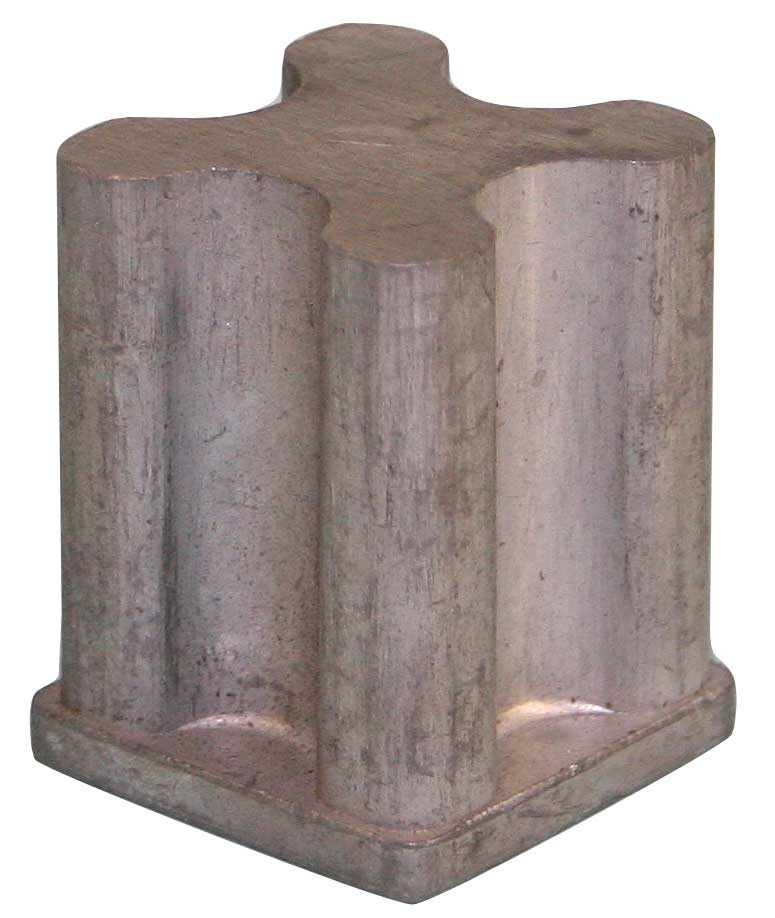
Inserts can be made from plastic, steel or die cast iron. Plastic inserts have more give and would be better in situations where you want the insert to expand to fit snugly. Floor conditions may also be a factor. Because plastic inserts may move slightly, they may not be the best choice for uneven or rugged surfaces.
Steel inserts are less malleable and therefore have less give than plastic. They are a better choice when size specifications are more precise and to provide a more stable ride. They are also better suited to higher capacities.
Die cast inserts have the least give but provide the greatest strength. They are ideal for the highest capacities and the most stable ride but require precise size calculations.
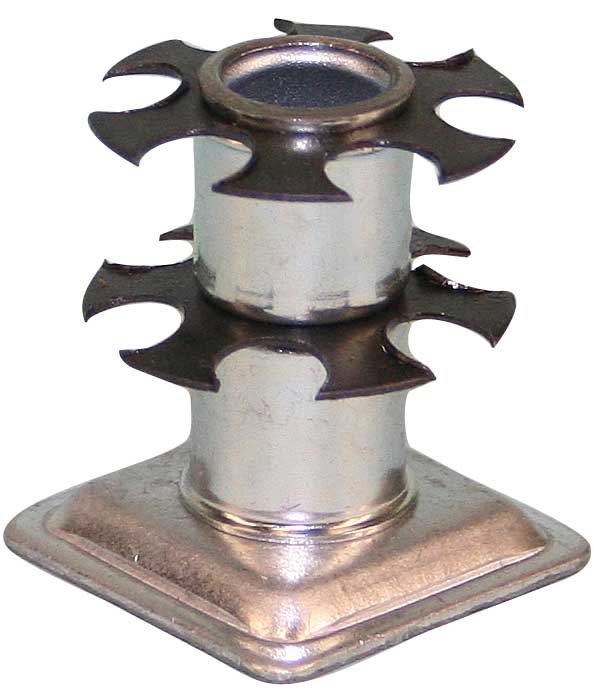
Shape
The appropriate insert shape is determined by the shape of the stem and the shape of the tubing. So, round inserts are used in round tubing. There are round inserts designed to fit stems that are tapered and those that are not. For square tubing you would use a square insert that accommodates a round stem. Also, inserts are made with various kinds of ridges and teeth to improve the fit.
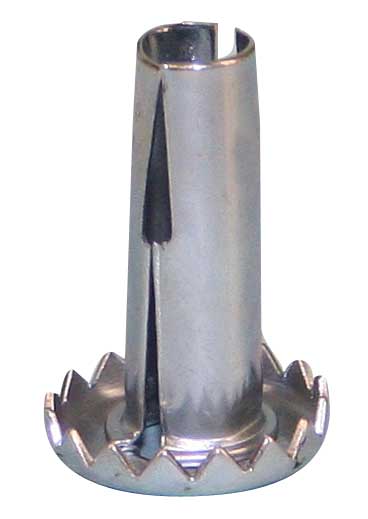
Inserts for Wood
Separate from those used for tubing, the are inserts specifically designed for use on wood legs – usually as part of furniture. The standard stem size for wood is .375 or ⅜” diameter and therefore inserts for wood are all the same size. Wood is subject to expansion and contraction making it difficult to keep inserts in place. That’s why most inserts for wood are designed with teeth on the edge that bite into the wood.
We are insert experts
Algood absolutely has the largest selection of inserts available with its casters. More importantly, our sales reps and customer service team know all about inserts and can guide you through the complicated but critical process of specifying the right inserts.
Algood is proud to manufacture its casters and wheels right here in North America. For more information about Algood’s casters and capabilities, visit us our website, send us an email or call us at 888.403.2800.
